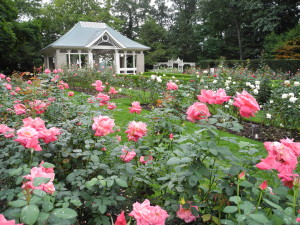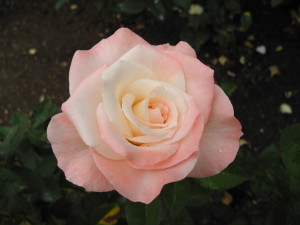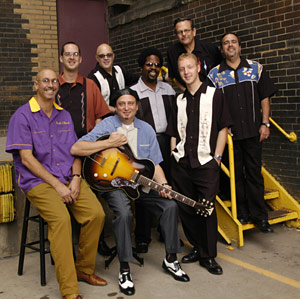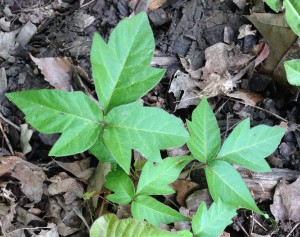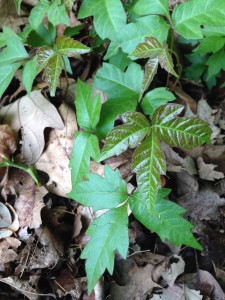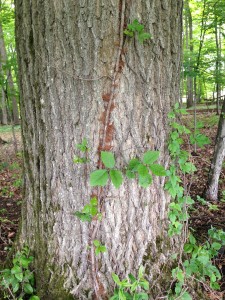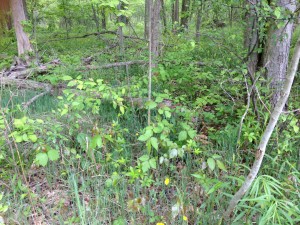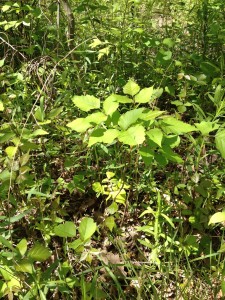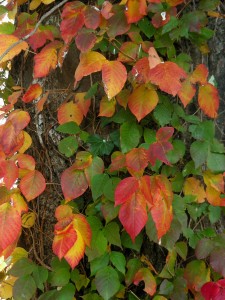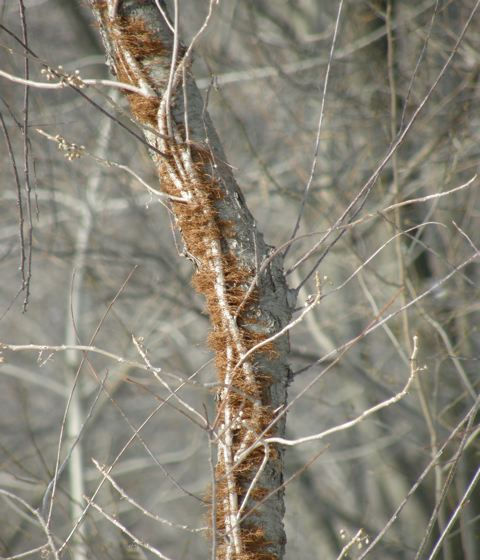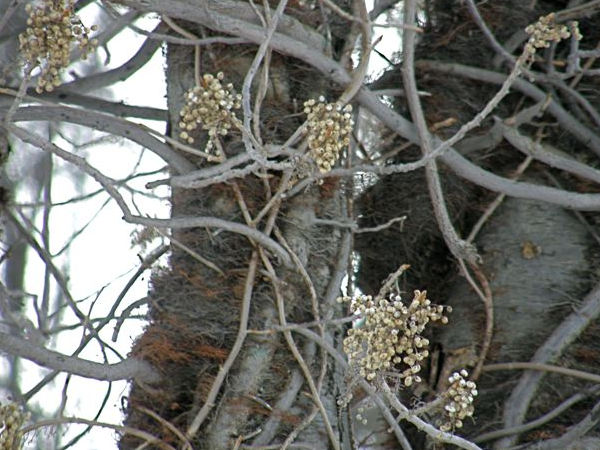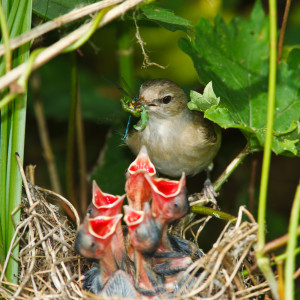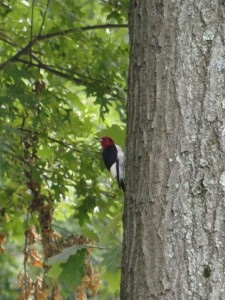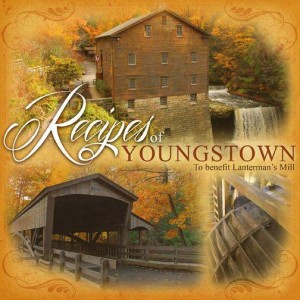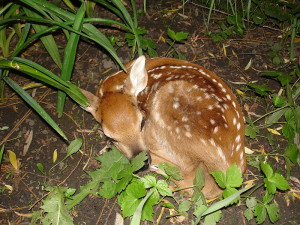Live! at the Morley with Amanda Jones and the Family Band
Blog Author: Ellie Rafoth, Community Engagement Intern
 This week on Wednesday, July 16 at 7 p.m., Live! at the Morley welcomes the musical talents of Amanda Jones and the Family Band!
This week on Wednesday, July 16 at 7 p.m., Live! at the Morley welcomes the musical talents of Amanda Jones and the Family Band!
Michael Myhal, the manager, technical director, and acoustic guitarist of the band, provided me with an inside look at Amanda Jones and the Family Band. Take a look behind the scenes of this country group!
ER: How did Amanda Jones and the Family Band come about?
MM: Amanda Jones and the Family Band began as Everyday America, a Sugarland Tribute Band on New Year’s Eve 2011 at First Night Canfield. We had played there a few other years with other bands, but with Amanda as a vocalist who could duplicate Jennifer Nettles so well, it seemed to makes sense. Our next gig was 3 months later as an opening act for the Kentucky Headhunters and from then on for the next year, the band really took off and we had to begin incorporating more material into the longer shows we were asked to do; that is when we began to work Amanda’s original material into the band. Last year, after the release of her 4 song EP and her finding her own style, we changed the name of the band in order to feature her exclusively. We still do many Sugarland songs, but also do a number of covers songs from the likes of Miranda Lambert, Little Big Town, etc. as well as her original material. The band is all from NE Ohio, basically Canfield, Alliance and Warren. Right now, we have been going back and forth to Nashville trying to complete her full length CD, which is due out in late summer. While in Nashville, Amanda has had the opportunity to perform at the famous Bluebird Café, Douglas Corner, and other venues.
ER: How many members are there in Amanda Jones and the Family Band and who are they?
MM: The band is comprised of 5 other members besides Amanda; Brittany Fenstermaker on Keys, Nathan Fenstermaker on Bass, Michael Seifert on Lead Guitar, Frank McDougal on Drums and Michael Myhal on Rhythm Guitar. Amanda and Brittany both have extensive training in classical voice, piano, and musical theater. Other members of the band have been in various other bands over the years as well.
 ER: What type of music does Amanda Jones and the Family Band play?
ER: What type of music does Amanda Jones and the Family Band play?
MM: We perform country/crossover; cover and original material.
ER: Besides Live! at the Morley, where can we expect to see Amanda Jones and the Family Band?
MM: We have about 30 shows lined up through the summer from Lake Chautauqua in Western New York, to Wheeling WV, to Middle Bass Island near Sandusky. Probably our biggest show so far this year will be opening for Grand Ole Opry member Marty Stuart this Saturday, June 28 at Arts on the Allegheny in Kittanning, PA. We will however be here locally at various summer concert series events at Mosquito Lake Marina, Boardman Park and Austintown Township Park. A full schedule of events can be found at both
www.facebook.com/acjonesfamily or www.reverbnation.com/acjonesmusic
ER: Any closing thoughts or feelings about playing in the MetroParks’ summer concert series Live! at the Morley?
MM: Many of us have great memories of Mill Creek Park and the Morley Pavilion, having seen great artists such as Phil Keaggy and others play there. To be a part of this series is a great honor and opportunity for Amanda to really showcase her voice and talent.
Thanks Mike! We cannot wait to hear the powerful sounds of Amanda and the Family Band at the Judge Morley Pavilion in the MetroParks’ summer concert series Live! at the Morley!
For a complete list of summer concerts during Live! at the Morley, visit millcreekmetroparks.org.

